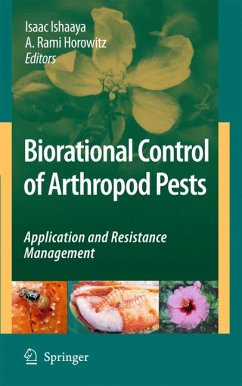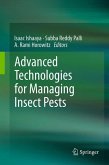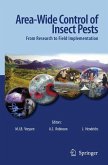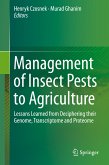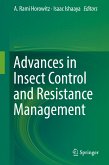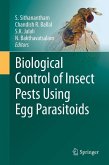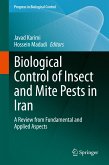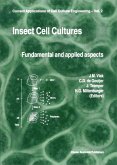Among the highlights of this book are the use of selective control agents acting on specific biochemical sites such as neuropeptides, ecdysteroids and juvenile hormone analogs; GABA, ACh, ryanodine and octopamine receptors; pheromone and insect communication disruption along with plant constituents for selectively controlling arthropod pests. Novel biotechnology strategies that exploit genetically modified plants, insects, and symbionts for the management of insect pests and disease-borne vectors are presented. Furthermore, physical control techniques can serve as important tools to protect our crops from arthropod pests. Finally, countermeasures for resistance to biorational control agents using advanced biological and biochemical approaches are also discussed.
Dieser Download kann aus rechtlichen Gründen nur mit Rechnungsadresse in A, B, BG, CY, CZ, D, DK, EW, E, FIN, F, GR, HR, H, IRL, I, LT, L, LR, M, NL, PL, P, R, S, SLO, SK ausgeliefert werden.

